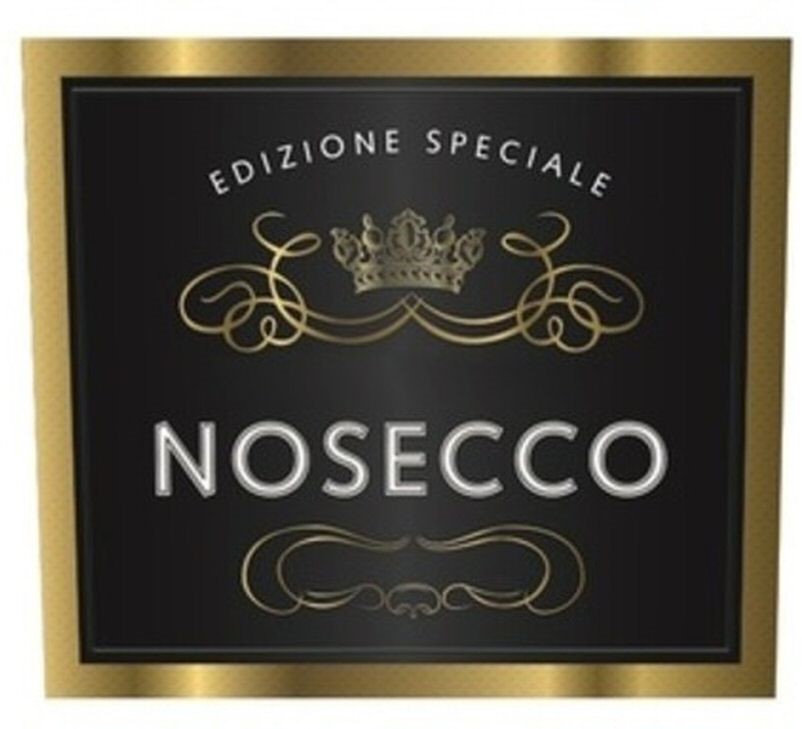USE OF THE TRADEMARK IN COMMERCE: THE CJEU RULES ON THE SHARING OF CONTENT INFRINGING TRADEMARK RIGHTS CARRIED OUT BY WEBSITE CONTENT DIRECTORY OPERATORS.
15/07/2020
With decision of July 2, 2020 in case C-684/19, the Court of Justice of the European Union clarified the scope of the expression of trademark use in commerce through the internet contained in Article 5, paragraph 1, Directive 2008/95/EC – from 2019 replaced by Article 10, EU Directive 2015/2436. The Court held that the online publication of an advertisement containing others’ trademark performed by content directory website operators does not constitute use of the sign identical to others’ trademark made from the original advertiser, if the website operators have shared the advertisement independently in their own name and without any association with the original party which made the request for publication.
The case
The question referred to the Court for a preliminary ruling arose in a dispute between the German lawyers mk advokaten GbR and MBK Rechtsanwälte GbR concerning the restriction imposed on mk advokaten from using the group of letters “mbk” in commerce. The question raised by the referring court concerned the interpretation of Article 5, par. 1 of Directive 2008/95/EC, on which grounds the right of the holder of a registered trademark to prohibit third parties from using in commerce a sign identical or similar to its own trademark for goods or services which are identical or similar to those for which it is registered.
The main proceedings
In 2016, MBK Rechtsanwälte, owner of the trademark constituted by the name of the firm and registered for legal services, filed an infringement action against mk advokaten, also operating at that time under the name “mbk rechtsanwälte”. The General Court of the Land of Düsseldorf ruled in this regard by prohibiting mk advokaten – upon imposition of a fine – from using in commerce the group of letters “mbk” for legal services.
Despite this measure, the redirection of the entry “mbk Rechtsanwälte” to several company referencing websites that displayed an advertisement for the legal services of mk advokaten persisted. MBK Rechtsanwälte claiming that it was proven that the prohibition imposed had not been complied with, requested the Court to impose a fine on mk advokaten. In its defence, mk advokaten claimed that it had punctually complied with the Court’s order by removing the advertisement published on its behalf in the Das Örtliche online directory. Since the law firm had never requested to appear on other websites, according to it there was no further obligation to fulfil.
The Regional Court of the Land, finding that the advertisement placed online on the websites at issue benefited mk advokaten and was based on the one that mk advokaten had arranged to be placed in the Das Örtliche directory, imposed a fine on mk advokaten since the latter had not performed the required surveillance activity on possible publication of the deleted advertisement carried out by third-party site operators and failed to intervene for the removal of all occurrences of the concerned advertisement on the internet.
The question referred for a preliminary ruling
The law firm mk advokaten brought an appeal against that decision before the Higher Regional Court of Düsseldorf’s Land. The Court considering the interpretation of the term “use” pursuant to Art. 5, par. 1 of Directive 2008/95 to be essential to the resolution of the dispute before it, decided to stay the proceedings and to refer to the Court of Justice to determine whether use of the trademark in accordance with Article 5 of the Directive could be established if the advertisement infringing others’ trademark had not been published at the interested party’s request but was reproduced by the website’s operator from another entry that the interested party had placed in the past and which no longer existed.
The Court’s decision
The Court was essentially required to determine, in the case of the sharing of an advertisement prejudicial to another person’s trademark, which subject is liable for the use of the sign identical or similar to that mark.
The Court presented two alternative scenarios and provided two different solutions.
In fact, where a person operating in commerce orders, from the operator of a referencing website, the publication of an advertisement containing a sign which is identical or similar to another subject’s trademark, that person must be considered to be using that sign within the meaning of Article 5, par. 1 of Directive 2008/95. By contrast, that person cannot be held liable for the independent actions of other economic operators, such as those of referencing website operators acting on their own initiative and in their own name and with whom the original advertiser has no agreements.
The term “using” in Art. 5, par. 1 of Directive 2009/95 therefore implies active conduct and direct or indirect control of the act constituting the use: that is not the case if that act is carried out by an independent operator without the consent of the advertiser.
Such an assumption precludes the provision from being interpreted as meaning that a person may, irrespective of its conduct, be considered to be a user of a sign that is identical with or similar to another person’s trademark on the sole ground that such use is capable of providing a financial benefit to the former.
Implications
In the present case, it will be for the referring court to ascertain whether there is either a direct or indirect relationship between mk advokaten and the operators of the websites in question and to determine whether those operators had placed the advertisement online by order and on behalf of the law firm.
If no such connection exists, it should be concluded that MBK Rechtsanwälte is not entitled to bring an action against mk advokaten on the basis of the exclusive right pursuant to the Art. 5, par. 1 of Directive 2008/95 for the publication of the advertisement on websites other than the Das Örtliche directory operate by website operators on their own initiative and in their own name.
However, it remains open to MBK Rechtsanwälte to claim from mk advokaten the restitution for financial benefits on the basis of national law and to bring an action against the operators of the websites in question on the basis of Article 5, par. 1 subject of the Court’s interpretative work, the purpose of which is precisely to provide the proprietor of the trademark with a legal instrument enabling him to prohibit – and consequently to discontinue – any use of his trademark by third parties without his consent.
Alessia Asaro

